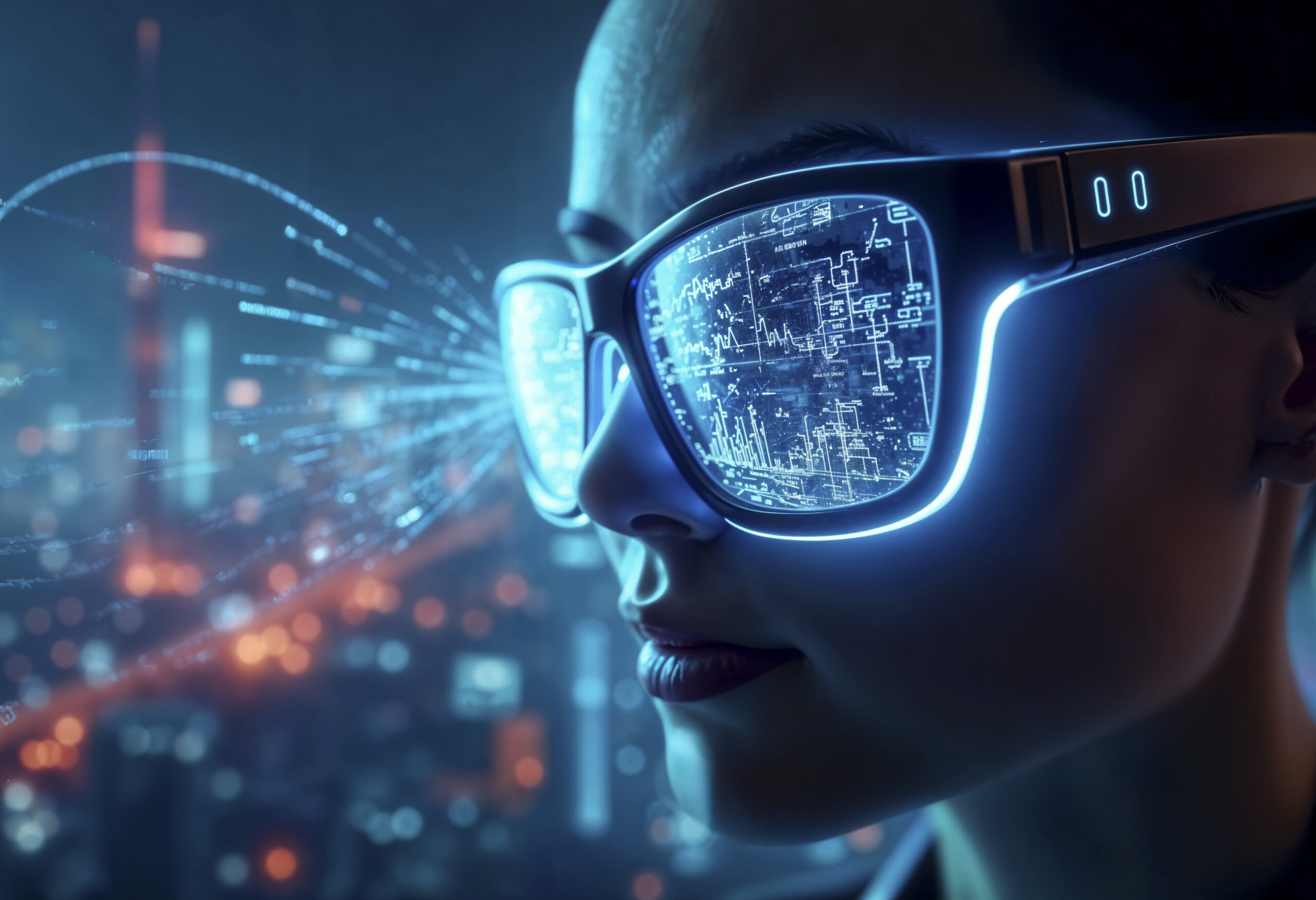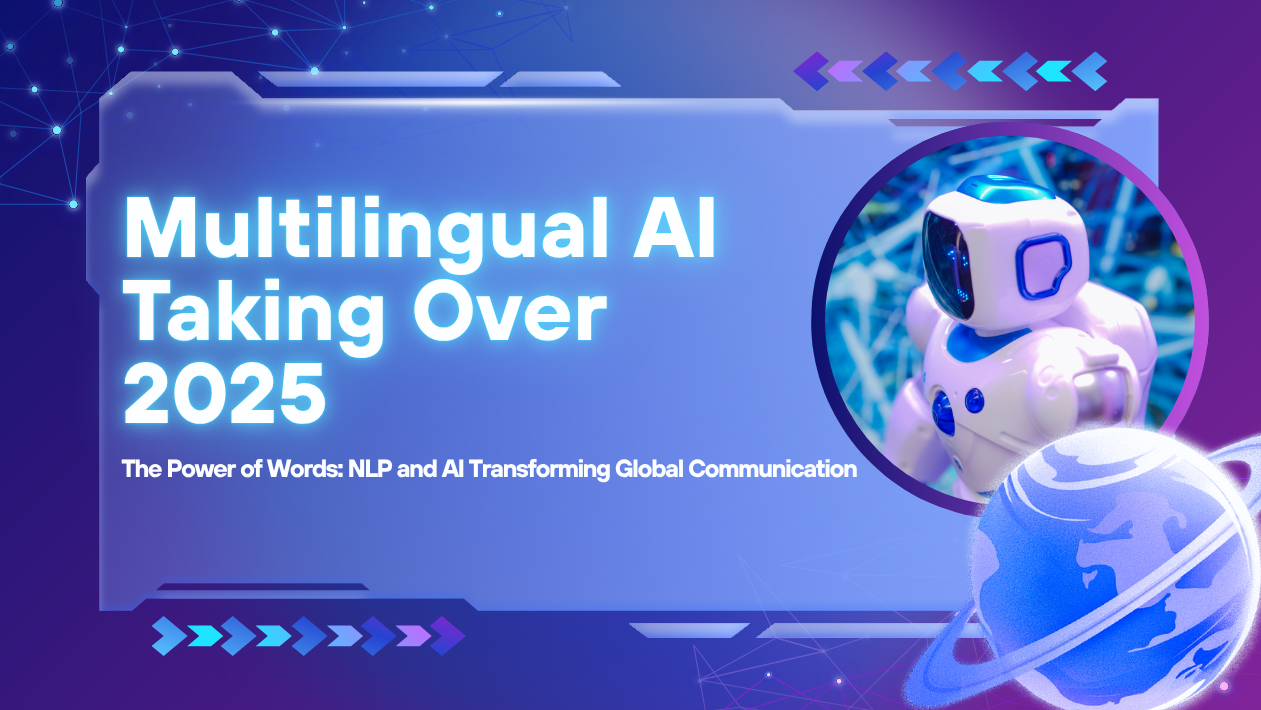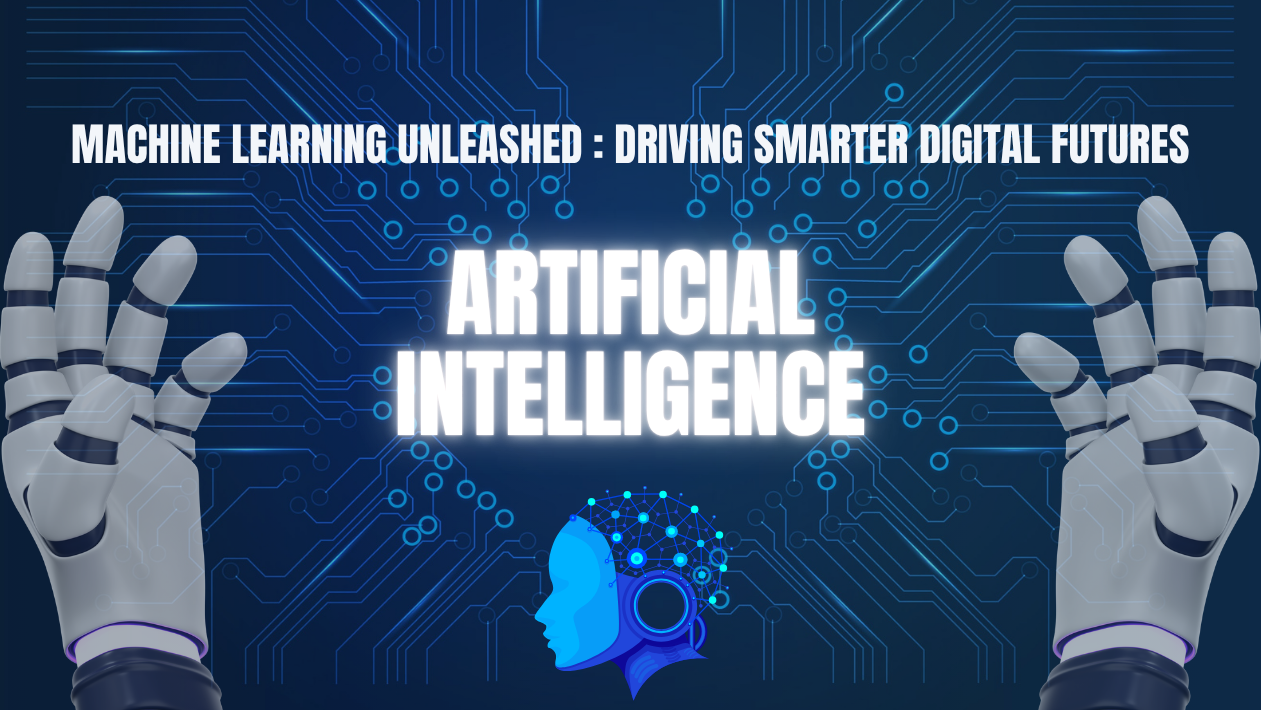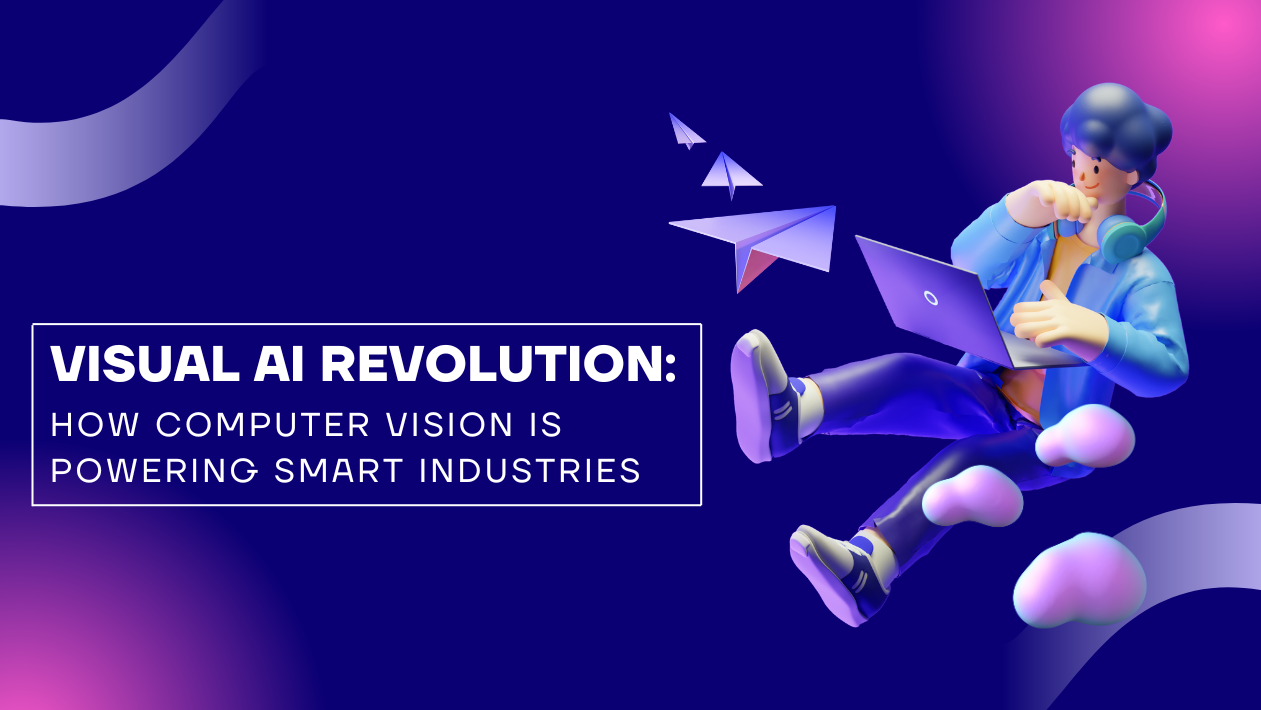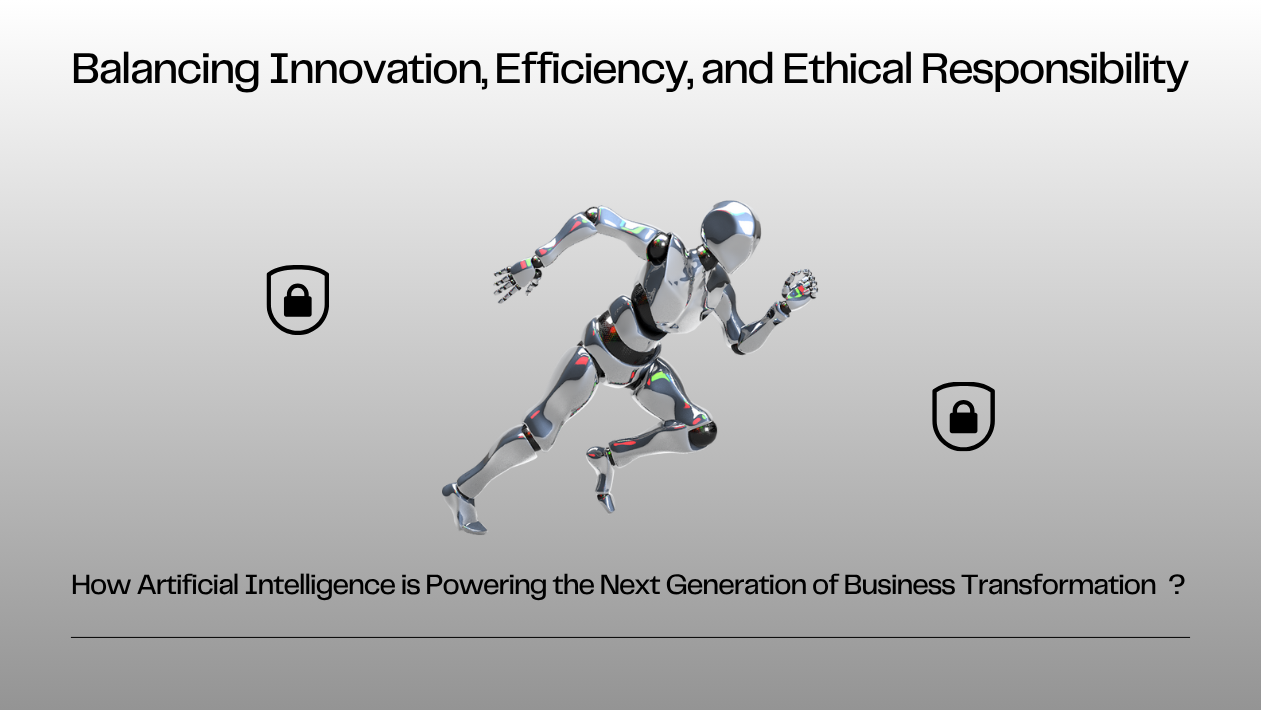Computer vision, once a niche research area, is now one of the most transformative forces across sectors—from healthcare and manufacturing to retail and transportation. In 2025, advances in deep learning, edge computing, and AI hardware are enabling machines to see, interpret, and act on visual data with human-level accuracy and speed.
Retail and Smart Surveillance Lead Adoption
Retailers are increasingly leveraging computer vision for smart checkout systems, theft detection, and customer behavior analysis. Leading chains now use AI-powered cameras to track foot traffic, optimize store layouts, and provide personalized product recommendations in real time.
In the security sector, computer vision is powering facial recognition, crowd monitoring, and license plate recognition systems, enhancing public safety and operational efficiency.
Healthcare Embraces AI-Powered Diagnostics
Hospitals and research labs are deploying computer vision to improve diagnostic accuracy. AI models are now capable of detecting tumors, fractures, and retinal diseases from medical images with greater consistency than traditional methods.
Startups and healthcare giants are working on computer vision-based tools for remote patient monitoring, surgical assistance, and even mental health assessments using facial cues.
Manufacturing and Logistics Go Visual
In manufacturing, computer vision is being used to spot defects on assembly lines, monitor equipment health, and ensure worker safety. In logistics, companies like FedEx and DHL are employing vision-based systems for automated sorting, package tracking, and vehicle navigation.
The integration of robot vision systems is also accelerating the shift toward autonomous warehouses and smart factories.
Automotive and Transportation Sectors Drive Innovation
Autonomous vehicles remain a key focus of computer vision development. Cars now rely on real-time object detection, lane tracking, and pedestrian recognition to make split-second decisions. With improvements in edge AI chips and sensor fusion, self-driving systems are getting safer and more efficient.
Meanwhile, public transit systems are using vision to monitor passenger density, improve scheduling, and reduce bottlenecks in urban transport.
Generative and 3D Vision Expand Possibilities
The emergence of 3D computer vision and generative AI is pushing the boundaries of what’s possible. Applications now include augmented reality (AR), spatial mapping, 3D modeling, and virtual try-on solutions for e-commerce and gaming.
AI models like OpenAI’s CLIP and Meta’s DINOv2 are enabling machines to understand visual context more deeply, opening new doors in creative industries, digital art, and robotics.
Challenges: Privacy, Bias, and Regulation
Despite the progress, concerns over privacy, surveillance ethics, and dataset bias persist. Governments and tech leaders are calling for greater transparency, consent-based image collection, and regulatory frameworks to ensure responsible use of vision technology.
Outlook: A Visually Intelligent Future
Computer vision is no longer limited to image recognition—it’s a key enabler of automation, personalization, and predictive insight. As models get more accurate and hardware becomes more powerful, the next generation of visual AI will reshape how machines interact with the physical world.

